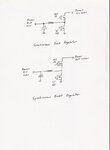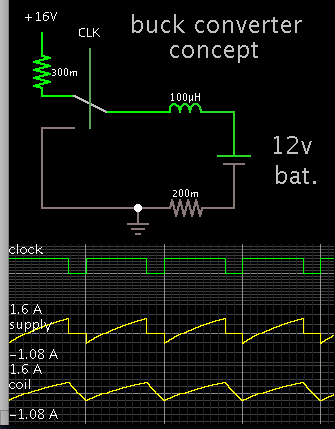T
treez
Guest

Hello,
Have you ever seen a sync buck controller that does not have the facility to detect overly high reverse current flow in the synchronous FET?
Have you ever seen a sync buck controller that does not have the facility to detect overly high reverse current flow in the synchronous FET?




